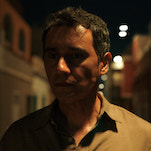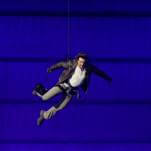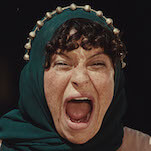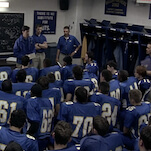We go on location with Breaking Bad
Though it’s portrayed as ground zero in Breaking Bad’s deadly methamphetamine war, Albuquerque, New Mexico has certainly embraced its status as the show’s home. Visitors to The Duke City can take in the landmarks of the Heisenberg empire via trolley or limo, sample a rock-candy facsimile of Walter White and Jesse Pinkman’s wares, and dine at the restaurant that served Gustavo Fring’s second-most addictive product. The anthropomorphized birds of the Los Pollos Hermanos logo still beam down at the patrons of Twisters Burgers And Burritos, but the calling card of “the chicken brothers”’ real-life equivalent is a stuffed tortilla smothered in salsa verde and topped melted cheese and curly fries. It doesn’t quite live up to the “old ways are still best” promise made by one of the show’s most memorable cold opens—but in true Breaking Bad fashion, it takes an existing commodity and improves upon it.
The city’s pride in the acclaimed series is reciprocal: Few television productions have utilized their settings as well as Breaking Bad has in the past five years. Albuquerque became such a central component of the series that it’s bracing to learn that creator Vince Gilligan’s original Breaking Bad pilot took place in Riverside, California. (Mike White would later set Enlightened in that Inland Empire burg; in a parallel universe, there’s a crossover event where Amy Jellicoe attempts to heal Walter White’s lung cancer through the power of positive thinking—all the while attempting to expose him as Heisenberg.) According to Christian Diaz De Bedoya, who served as the show’s location manager for seasons four and five, it was a generous tax rebate that made Gilligan and crew consider a move to New Mexico. The booster shot the local filmmaking industry received from that move had such strength that New Mexican lawmakers dubbed the most recent updates to the state’s film incentive program the “Breaking Bad Bill.”

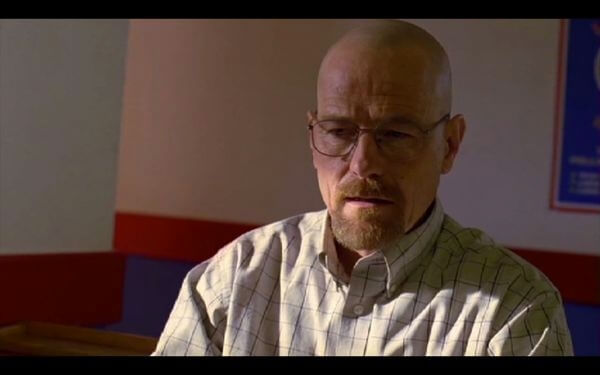



![Rob Reiner's son booked for murder amid homicide investigation [Updated]](https://img.pastemagazine.com/wp-content/avuploads/2025/12/15131025/MixCollage-15-Dec-2025-01-10-PM-9121.jpg)

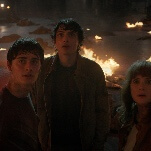
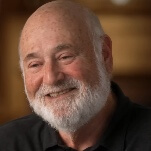



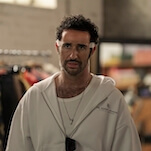
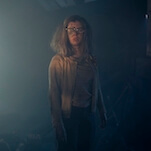

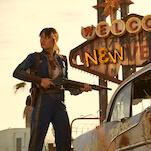
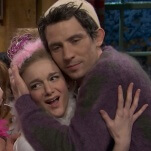





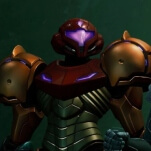
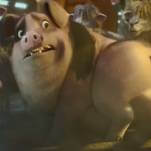
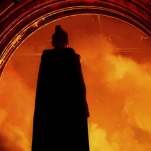

![HBO teases new Euphoria, Larry David, and much more in 2026 sizzle reel [Updated]](https://img.pastemagazine.com/wp-content/avuploads/2025/12/12100344/MixCollage-12-Dec-2025-09-56-AM-9137.jpg)


